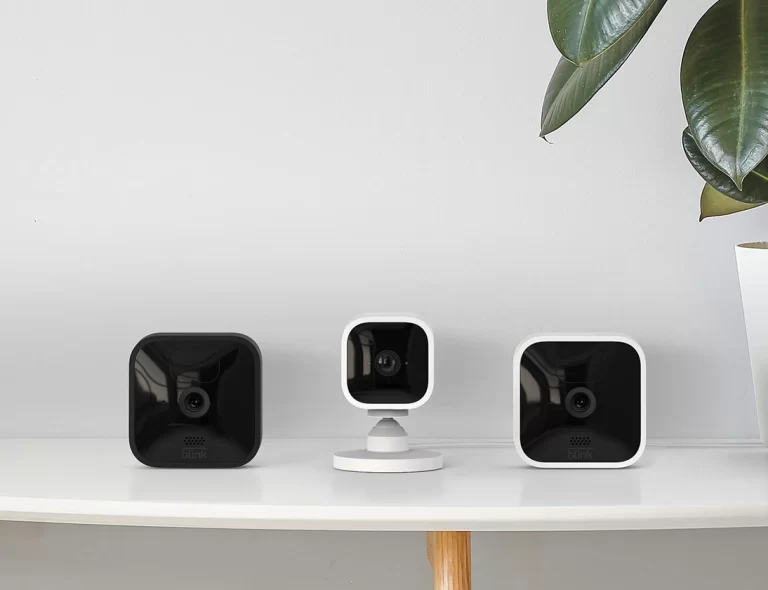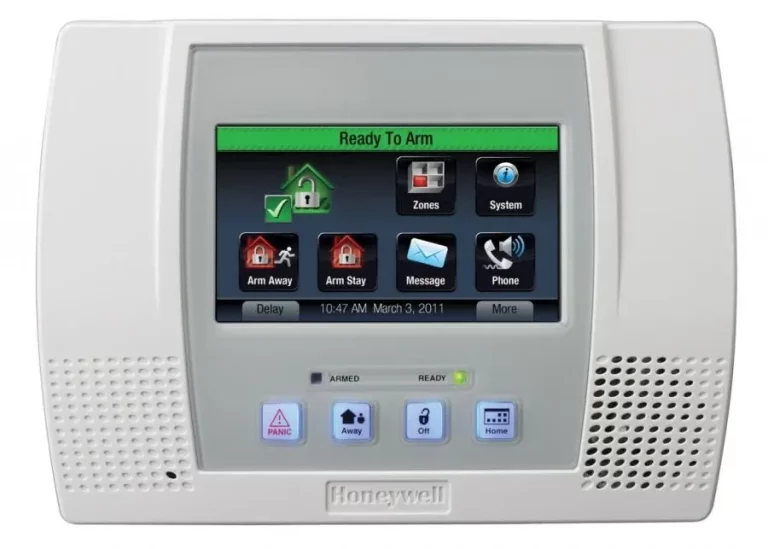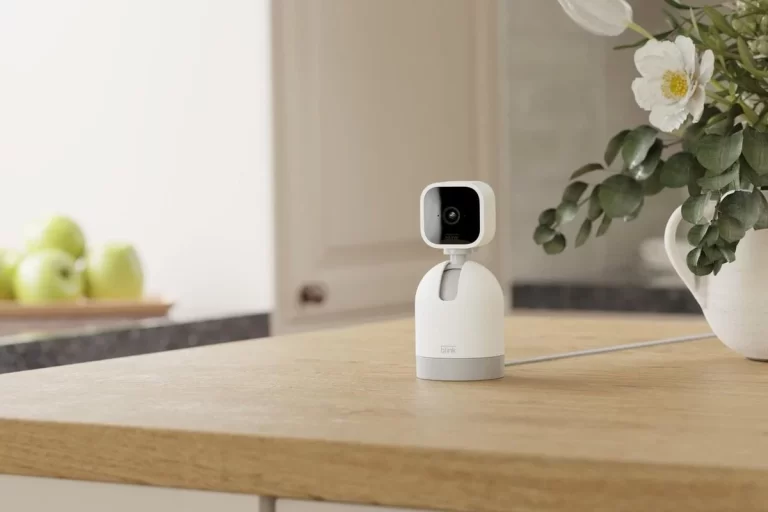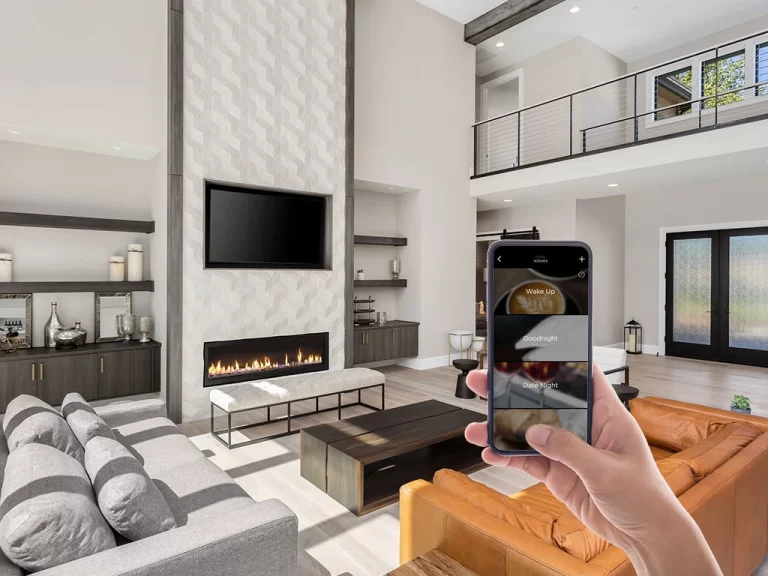How Do You Make Your House More Energy Efficient?
How do you make your house more energy efficient? Learn how to make your house more energy efficient and reduce your carbon footprint. Follow these expert tips and tricks to save money while being environmentally conscious.
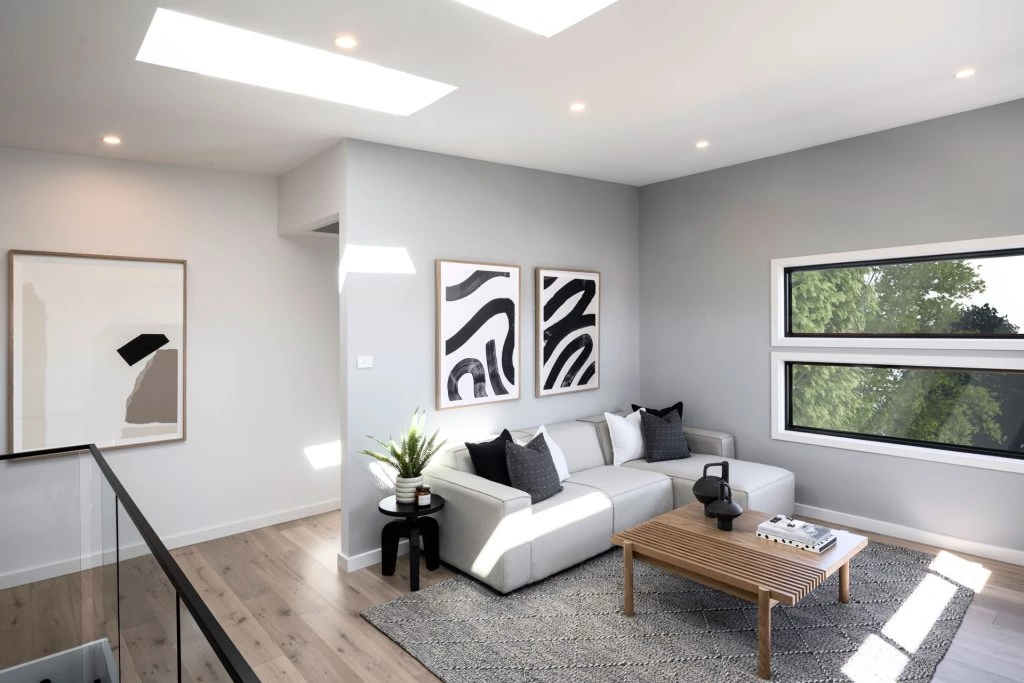
How Do You Make Your House More Energy Efficient?
To start our energy efficiency journey, let’s first understand the fundamental steps you can take to make your house more energy efficient.
These steps are the foundation of an eco-friendly home and can significantly impact your energy consumption.
1. Conduct a Home Energy Audit
The first step to becoming energy efficient is to identify areas where energy is being wasted. Hire a professional energy auditor or conduct a DIY audit to assess your home’s energy performance.
The audit will reveal opportunities for improvement, such as air leaks, insulation gaps, and outdated appliances.
2. Improve Insulation
Proper insulation is essential to retain heat in the winter and keep your home cool in the summer.
Upgrade your insulation by sealing air leaks, adding weatherstripping, and using energy-efficient windows. This will reduce the need for heating and cooling, ultimately lowering your energy consumption.
3. Upgrade to Energy-Efficient Appliances
Older appliances tend to consume more energy. Consider replacing them with ENERGY STAR-certified models, which are designed to be more efficient and eco-friendly.
4. Install a Smart Thermostat
A smart thermostat allows you to control your home’s temperature remotely, optimizing energy usage based on your schedule.
It can also learn your preferences over time and make automatic adjustments, saving energy without sacrificing comfort.
5. Optimize Lighting
Replace traditional incandescent bulbs with LED or CFL bulbs. These energy-efficient alternatives last longer and consume significantly less electricity.
6. Unplug Electronics and Appliances
Even when turned off, electronics and appliances can draw power if they remain plugged in. Unplug devices when not in use or use power strips to easily cut off power to multiple devices at once.
7. Harness Solar Energy
Consider installing solar panels to generate clean energy from the sun. Solar power can offset your electricity consumption and even allow you to sell excess energy back to the grid.
Weatherization Techniques to Enhance Energy Efficiency
Weatherizing your home is an effective way to optimize energy efficiency and create a comfortable living environment year-round. Let’s explore some weatherization techniques to keep your home cozy while saving energy.
1. Caulk and Seal Gaps
Sealing gaps around windows, doors, and vents prevents air leakage, making your heating and cooling systems more efficient. Use caulk, weatherstripping, and foam sealants to seal any visible gaps.
2. Insulate Attics and Basements
Insulating your attic and basement will further enhance your home’s energy efficiency.
Proper insulation helps maintain a consistent temperature throughout the house and reduces the workload on your heating and cooling systems.
3. Use Energy-Efficient Window Treatments
Invest in energy-efficient window treatments, such as thermal curtains and blinds, to minimize heat transfer and regulate indoor temperatures.
4. Install Storm Doors and Windows
Storm doors and windows provide an additional layer of insulation, protecting your home from harsh weather conditions and reducing energy wastage.
5. Seal Ductwork
Ducts with leaks can lead to significant energy losses. Seal and insulate your ductwork to ensure that heated or cooled air reaches its intended destination efficiently.
Smart Technology and Energy Efficiency

Embracing smart technology can revolutionize your home’s energy efficiency. These innovative solutions provide automated control, making it easier than ever to reduce energy consumption.
1. Use Smart Lighting Systems
Smart lighting systems enable you to control lighting remotely and set schedules based on occupancy, optimizing energy usage.
2. Smart Power Strips
Smart power strips detect when devices are in standby mode and automatically cut off power to save energy.
3. Energy Monitoring Devices
Energy monitoring devices provide real-time insights into your energy consumption, helping you identify areas for improvement and adjust your habits accordingly.
4. Automated HVAC Systems
Automated HVAC systems adjust temperature settings based on your preferences and occupancy patterns, ensuring energy-efficient heating and cooling.
Conclusion
Making your house more energy efficient is a responsible and rewarding journey.
By following the steps and tips outlined in this article, you can create an eco-friendly home that not only saves you money but also contributes positively to the environment.
READ ALSO!!!

